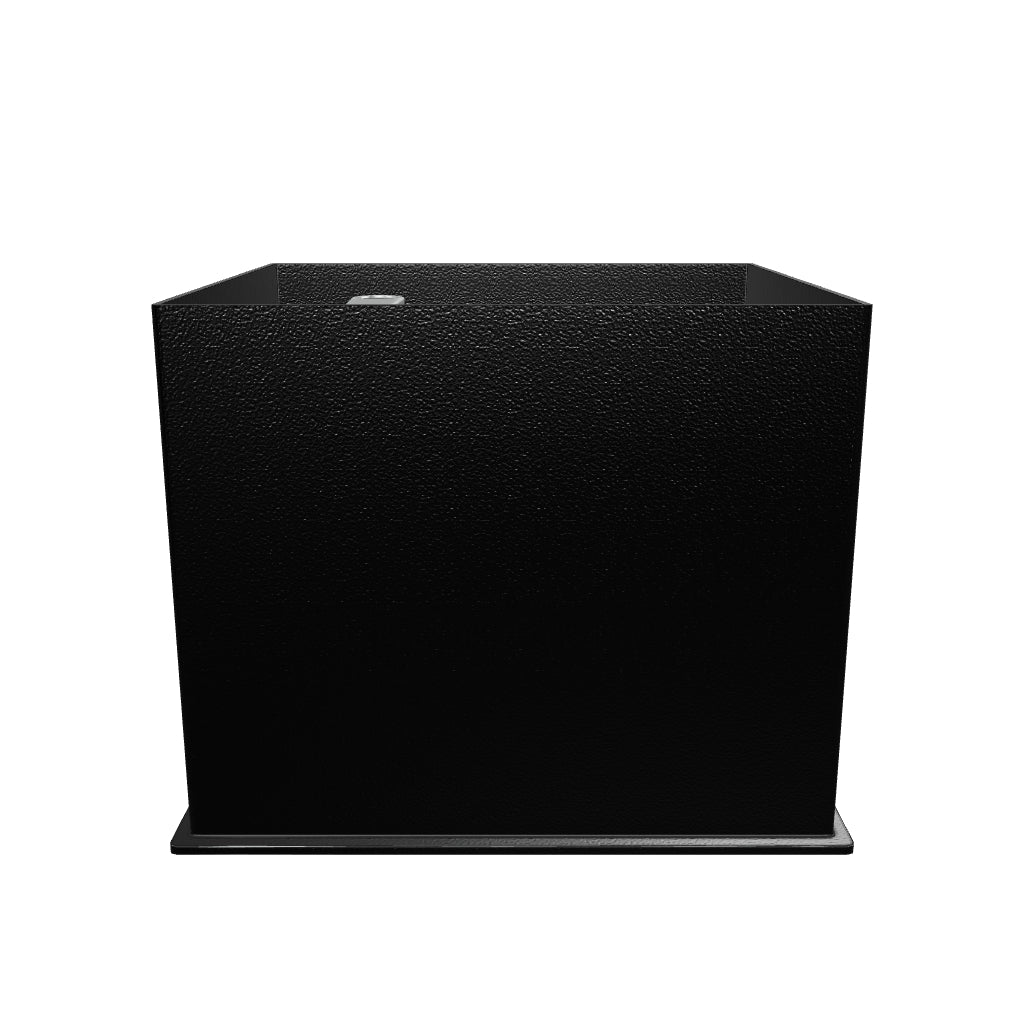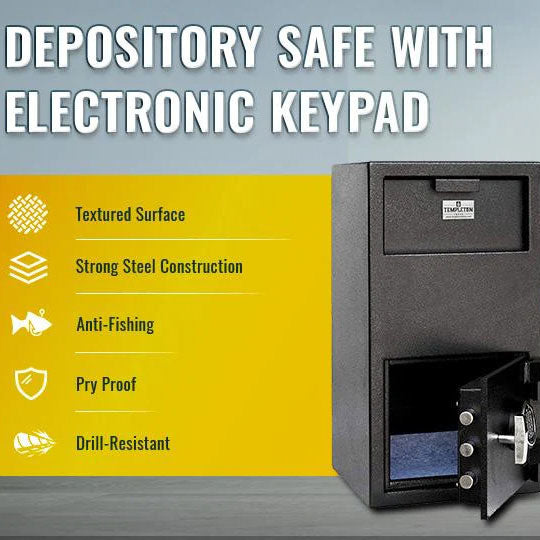Classified Document Protection: Multi-Layer Security for Sensitive Files
When it comes to protecting sensitive files, especially classified documents, security is not something that can be taken lightly. Government agencies, private corporations, and various institutions rely on multiple layers of security to keep important information safe from unauthorized access. Whether you're working in a government office, managing a business, or handling confidential information, understanding the best ways to secure your sensitive documents is crucial. In this article, we’ll explore how multi-layer security systems, such as nested safes and GSA-approved storage containers, provide robust protection for classified documents.
Why You Need Multi-Layer Security for Sensitive Files
Sensitive files come in many forms. They could include legal documents, financial records, medical files, or highly classified government data. Keeping this type of information secure requires more than just a lock and key. It involves a combination of physical and digital safeguards to prevent unauthorized access, damage, or theft.
What Makes Sensitive Files So Vulnerable?
The nature of sensitive files often makes them a prime target for theft or exploitation. Whether it’s hackers looking to steal intellectual property or thieves targeting financial or government information, these files need more than just basic security measures. That’s why government agencies and other organizations with sensitive data opt for multi-layered security systems.
Understanding Multi-Layer Security Systems
Layer 1: Physical Security—The Vault
The first layer of protection for sensitive files is physical security. This typically involves vaults or safes designed to prevent unauthorized access to your classified documents. Most government offices use secure rooms or facilities with added layers of security, often referred to as "nested safes." These are safes within other safes, providing an added level of protection in case one safe is compromised.
Nested Safes in Government Offices
Nested safes are particularly common in government offices that handle classified documents. These vaults typically consist of a large, secure room that houses several smaller, high-security safes inside. This setup ensures that even if someone manages to bypass one layer of security, they would still have to break into another vault to access the sensitive files.
For example, a government building may have a locked room that contains multiple safes, each safeguarding different levels of sensitive information. The idea is that gaining access to the inner safe is nearly impossible without permission to access the outer safe or room.
Layer 2: Compliance with Regulations—GSA-Approved Storage Containers
In addition to physical security measures, compliance with government regulations is crucial. The General Services Administration (GSA) provides guidelines for secure storage containers that meet federal standards for protecting classified information.
GSA-Approved Storage Containers
GSA-approved safes and storage containers are specifically designed to meet the stringent requirements for securing classified documents. These storage containers are commonly used by federal agencies to comply with classification regulations. The GSA provides a list of approved safes, which are evaluated for their ability to withstand tampering and unauthorized access.
These GSA-approved containers are an essential part of multi-layer security systems in government offices. By meeting the standards set forth by the GSA, agencies can ensure that they are protecting sensitive documents in a way that aligns with federal security protocols.
Key Features of GSA-Approved Containers:
- High-Grade Security: These safes are constructed with reinforced steel and fire-resistant materials to withstand tampering, forced entry, and environmental hazards like fires or floods.
- Compliance: GSA-approved containers help organizations comply with strict government regulations related to the protection of classified information.
- Multi-Layered Security: By using these containers as part of a nested system, sensitive files are doubly protected against unauthorized access.
Choosing the Right Safe for Sensitive Files
Whether you're a government agency or a private organization, selecting the right safe for sensitive files is critical. Here are some factors to consider when choosing the best storage container for your classified documents.
Size and Capacity
When selecting a safe, you need to consider the volume of sensitive documents you need to protect. A compact safe may be enough for personal documents, while larger organizations may require a vault with more space to store multiple files and records.
Fire and Water Resistance
Sensitive documents are often irreplaceable, and if they are lost or destroyed, the consequences can be severe. A fire-resistant and water-resistant safe will provide an added layer of protection in case of natural disasters or accidents.
Locking Mechanism
The locking mechanism plays a significant role in securing sensitive files. There are several options available, including:
- Biometric locks: Offering a high level of security, biometric locks require fingerprint recognition to access the safe.
- Combination locks: Traditional and reliable, combination locks provide a secure means of entry for authorized personnel.
- Electronic locks: Modern and convenient, electronic locks can be programmed to restrict access to specific individuals.
Durability
The durability of the safe is another important consideration. A secure safe should withstand tampering, forced entry, and even environmental hazards like extreme temperatures or humidity.
How Multi-Layer Security Works in Real-World Applications
In a government or corporate environment, multi-layer security isn’t just about using one safe; it’s about using a system that includes multiple layers of protection. A typical multi-layer security setup may look like this:
- Secure Building: The first layer of protection is the physical building or secure room. Only authorized personnel are allowed to enter.
- Locked Room: Inside the building, there are additional locked rooms to ensure that access to sensitive files is restricted to those with the proper clearance.
- Nested Safes: Within each locked room, multiple safes are used to store various levels of classified documents. Each safe is equipped with its own security features, such as biometric locks, to ensure that only authorized individuals can access the documents inside.
- GSA-Approved Containers: To comply with government regulations, GSA-approved containers are used to store the highest level of classified documents. These safes meet strict government standards for security, ensuring that sensitive information is protected according to federal guidelines.
Best Practices for Protecting Sensitive Files
Securing sensitive files requires careful planning and the use of multiple layers of protection. Whether you're storing important business documents or highly classified government data, a multi-layer security system—featuring nested safes, GSA-approved containers, and high-grade locking mechanisms—will help ensure your information remains protected.
By investing in top-of-the-line security measures and complying with federal regulations, you can protect your sensitive files from unauthorized access and ensure that they remain safe for years to come.






























